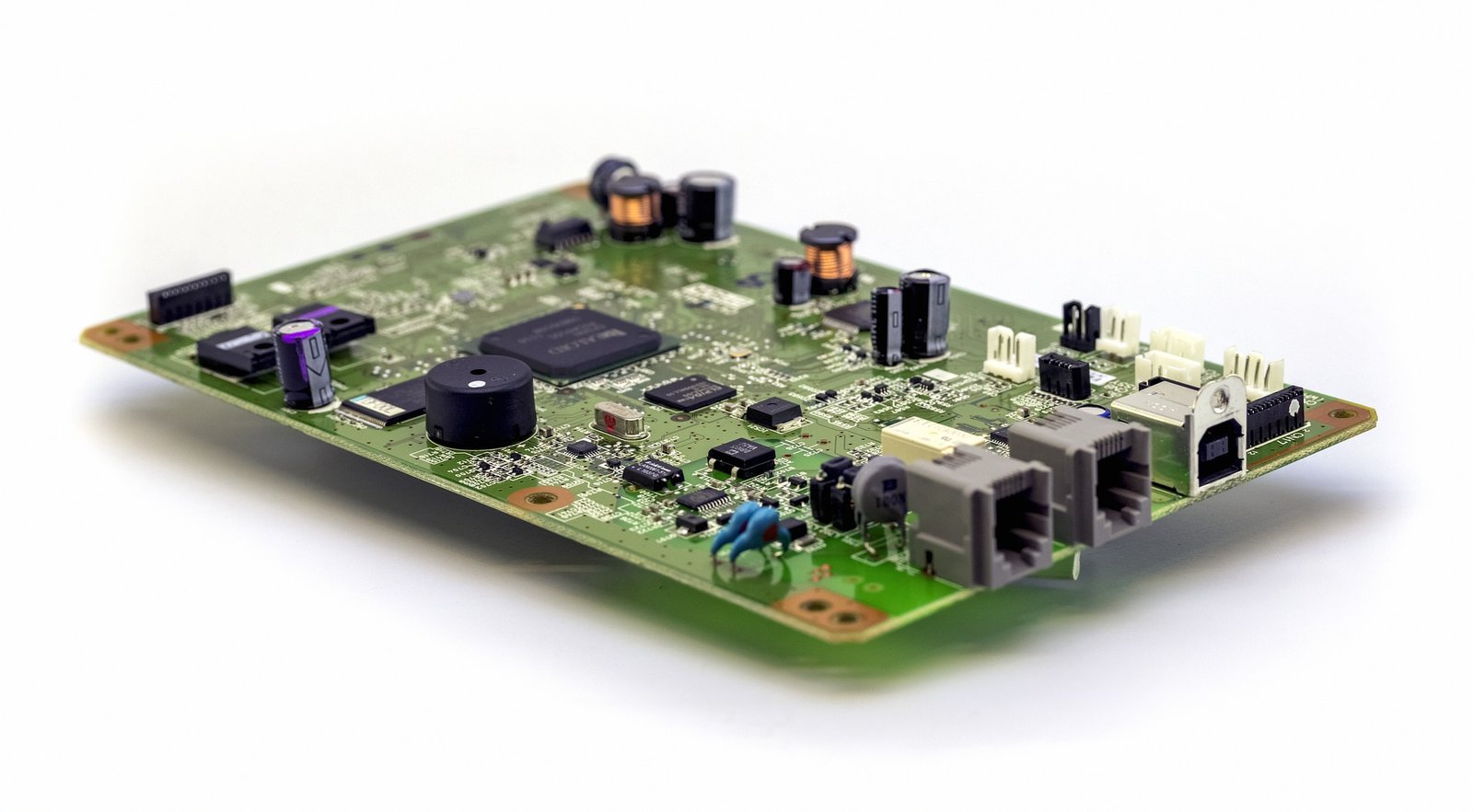Understanding the Power Supply Requirements
Connecting a power supply to a printed circuit board (PCB) is a critical task that demands precision and understanding of the specific needs of the circuit. Before making any connections, it’s important to understand the voltage and current requirements of the PCB, which are typically determined during the design and pcba manufacturing stages. At ArisenTec, ensuring the correct power supply connection is a key part of our comprehensive turnkey PCB assembly services, where we prioritize the reliability and safety of each product.
Start by verifying the voltage rating of the PCB, as provided in the design documentation or during the pcb prototyping service phase. Matching the power supply’s output voltage with the PCB’s required input voltage is crucial to avoid damaging components. ArisenTec’s expertise in pcba manufacturing ensures that these specifications are clearly defined and adhered to, ensuring seamless integration of power supplies with various PCB designs.
Steps for Connecting the Power Supply
1. Identify the Power Input Pins:
Locate the power input pins on the PCB, which are typically labeled as VCC (or VIN) and GND (ground). In products manufactured by ArisenTec, these labels follow industry standards, facilitating easy identification. Correctly identifying these pins is vital to prevent reverse polarity, a common cause of circuit damage.
2. Prepare the Power Supply:
Before making any connections, ensure that the power supply is switched off. Use a multimeter to verify that the output voltage matches the PCB’s input voltage requirements. This verification is crucial in applications such as smart home pcb and automotive pcb service, where the power supply must meet specific operational demands. ArisenTec’s rigorous testing protocols ensure that every power supply used meets the exacting standards required for reliable operation.
3. Make the Connections:
· Soldering Method: For a secure and permanent connection, solder the power supply wires to the PCB. At ArisenTec, we emphasize the importance of clean, strong solder joints to ensure a reliable connection that can withstand the rigors of real-world usage. Solder the positive wire (usually red) to the VCC pin and the negative wire (usually black) to the GND pin, ensuring a stable and durable connection.
· Connector Method: For a more flexible connection, use a suitable connector that matches the PCB’s power input header. This method is often used in applications where the PCB needs to be disconnected and reconnected frequently, such as in keyboard pcb or led light pcb assemblies.
4. Verify the Connection:
After making the connection, visually inspect the solder joints or connectors to ensure there are no shorts or loose wires. Double-check the polarity of the connections to confirm accuracy. At ArisenTec, we conduct thorough inspections and testing to guarantee that all connections meet our stringent quality standards, ensuring that every PCB functions optimally.
5. Power On and Test:
Once all connections are secure, power on the supply and monitor the PCB closely for any signs of malfunction. This step is particularly important in high-performance applications, such as those involving ac to dc pcb design, where the integrity of the power connection is critical. ArisenTec’s commitment to quality ensures that each PCB is tested under real-world conditions, providing our customers with the confidence that their products will perform reliably.
Conclusion
Connecting a power supply to a PCB is a fundamental yet critical process that requires careful attention to detail. By following these steps and utilizing the expertise of a reliable partner like ArisenTec, you can ensure a secure and effective connection that meets the specific requirements of your PCB design. At ArisenTec, our focus on precision, quality, and customer satisfaction drives us to deliver top-notch pcba manufacturing services that enhance the reliability and longevity of your electronic products. Whether you’re working with turnkey PCB assembly or custom designs, our solutions are tailored to meet your needs with unmatched expertise.
Choosing the Right Wires for Breadboard Wiring: A Comprehensive Guide
Breadboards are a staple in electronic circuit building, offering flexibility and ease of use for both beginners and professionals. However, one of the most critical aspects of working with breadboards is selecting the right wires. The wires you choose can impact not only the functionality of your circuit but also its longevity and ease of…
How to Improve Heat Dissipation in PCB Design
Introduction As modern electronic devices become more complex and power-dense, heat dissipation has emerged as a critical factor that directly impacts device performance and reliability. Excessive junction temperatures in electronic systems can shorten the lifespan of components and lead to system failure. Thus, optimizing the PCB (Printed Circuit Board) design to improve heat dissipation is…
Manufacturing Process of Multilayer PCBs
Multilayer PCB manufacturing methods include the plated-through hole (PTH) and high-density interconnect (HDI) methods, both achieved by combining different processes to realize the circuit board structure. Currently, the most widely used method is the PTH method, which has been developed and refined over more than half a century. The PTH method is mature in terms…


